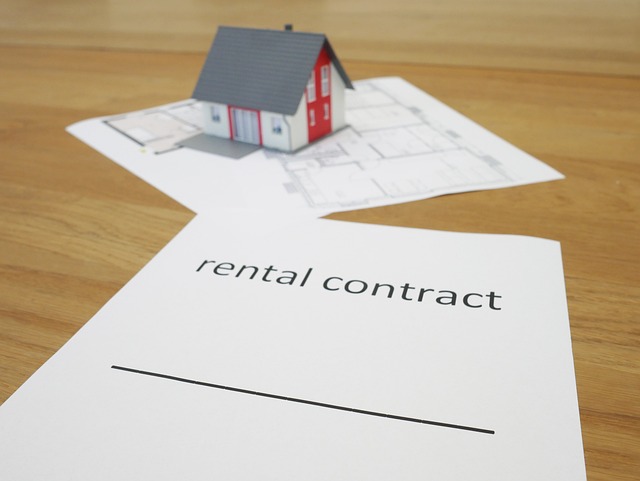Guide to Properties for Rent: Finding and Evaluating Options
Searching for a property for rent involves more than spotting a suitable house or apartment on a listing site. It requires understanding the local real estate market, comparing rental terms, and assessing practical issues like maintenance, commuting, and community rules. This article outlines steps to evaluate rental options, the types of properties commonly available, and practical considerations that help renters make informed, sustainable choices.

House: assessing suitability and layout
When considering a house for rent, focus on how well the layout and features match your daily needs. Check the number and arrangement of bedrooms and bathrooms, storage space, yard or outdoor areas, and parking availability. Consider long-term factors such as whether the property can accommodate changes in household size or remote work needs. Inspect structural elements like windows, roofs, and foundations where visible, and ask about utilities and any recent repairs. A house often offers more privacy and space than an apartment, but it can also mean greater responsibility for exterior maintenance depending on the lease.
Real estate: understanding market conditions
Understanding local real estate trends helps you set realistic expectations about rent, demand, and lease flexibility. Look at vacancy rates and average time on market in your area; these indicators can signal whether tenants have negotiating leverage. Seasonal patterns may affect availability and prices in some regions. Research comparable listings for similar-sized properties to benchmark rental rates. If you’re working with an agent or property manager, confirm their licensing and read reviews about responsiveness and reliability. Knowledge of market conditions supports better timing and smarter negotiation when securing a rental.
Rental: lease terms, rights, and responsibilities
Lease agreements define the landlord-tenant relationship and can vary widely. Key elements to review include lease duration, renewal terms, rent escalation clauses, security deposit amount and conditions for its return, pet policies, and who is responsible for utilities and maintenance. Understand local tenant-rights laws that cover notice periods for termination, eviction procedures, and habitability standards. Keep written records of all communications and any move-in inspection reports. Clarify expectations for repairs and emergency contacts; a clear lease reduces future disputes and protects both parties.
Apartment: evaluating units and amenities
When touring an apartment, evaluate unit-specific factors and building-level amenities. Inside the unit, test doors and windows, check for signs of moisture or pests, and verify heating and cooling systems. Assess noise isolation and natural light. In the building, consider security measures, elevator reliability, laundry facilities, parking options, and common-area upkeep. Amenities like a fitness center or shared workspace can add convenience but may also increase rent. Ask how building maintenance requests are handled and typical response times. For renters prioritizing convenience, apartment living often bundles services that would be individual responsibilities in a house.
Property: inspections, maintenance, and local services
Before committing to any property, perform a thorough inspection or request a professional assessment if allowed. Look for evidence of water damage, electrical issues, or structural concerns and document any pre-existing damage in writing to avoid disputes on move-out. Ask about scheduled maintenance (e.g., landscaping, HVAC servicing) and who coordinates it. Identify nearby local services such as public transit, grocery stores, healthcare, and schools to gauge practical daily living. Confirm trash and recycling routines and any community rules that could affect how you use the property. Knowing these details helps you budget time and costs associated with the rental.
Conclusion
Renting a house or apartment requires balancing practical needs, financial expectations, and legal protections. By researching the local real estate market, reading lease terms carefully, inspecting properties thoroughly, and clarifying maintenance responsibilities, renters can make decisions that suit both short- and long-term needs. Taking a systematic approach to evaluating properties for rent—focusing on layout, market context, lease details, unit or building quality, and available local services—reduces surprises and supports a more stable rental experience.



